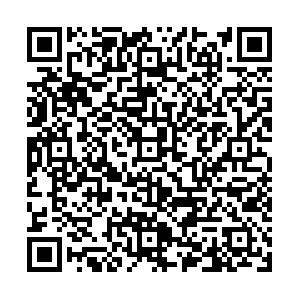Abstract:
Objective To analyze the clinical characteristics of ST segment elevation in elderly patients with acute myocarditis.
Methods A retrospective analysis was conducted in 62 patients with acute myocarditis from February 2010 to March 2016 in our hospital. According to electrocardiogram, 34 cases were divided into ST-segment elevation group and28 cases in non-ST segment elevation group. The general situation, clinical manifestation, laboratory examination, echocardiography, coronary angiography, treatment data and adverse events were compared between the two groups.
Results Compared with non-ST segment elevation group, the heart rate of ST segment elevation group was higher, and the systolic blood pressure and the diastolic blood pressure of ST segment elevation group were lower (
P < 0.05). There were 21 patients with acute fulminant myocarditis in the ST segment elevation group and 9 in the non-ST segment elevation group, the difference was statistically significant (
P < 0.05). ST segment elevation group of white blood cell count, peak creatine kinase (CK), creatine kinase isoenzyme MB (CKMB) peak and troponin I (Tn Ⅰ) peak is higher than non-ST segment elevation group, the difference was statistically significant (
P < 0.05). Adverse reactions occurred during hospitalization in both groups, among which cardiogenic shock (26.47%), ventricular fibrillation (14.71%) and inpatient mortality (20.59%) in the ST elevation group were higher than those in the non-ST elevation group.
Conclusion ST-segment elevation in elderly patients with acute myocarditis acute onset and severe has higher risk than non-ST segment elevation elderly patients with acute myocarditis, should be timely and correctly treatment, the rational application of mechanical adjuvant therapy, can reduce the incidence of adverse reactions.

 点击查看大图
点击查看大图



 下载:
下载:
